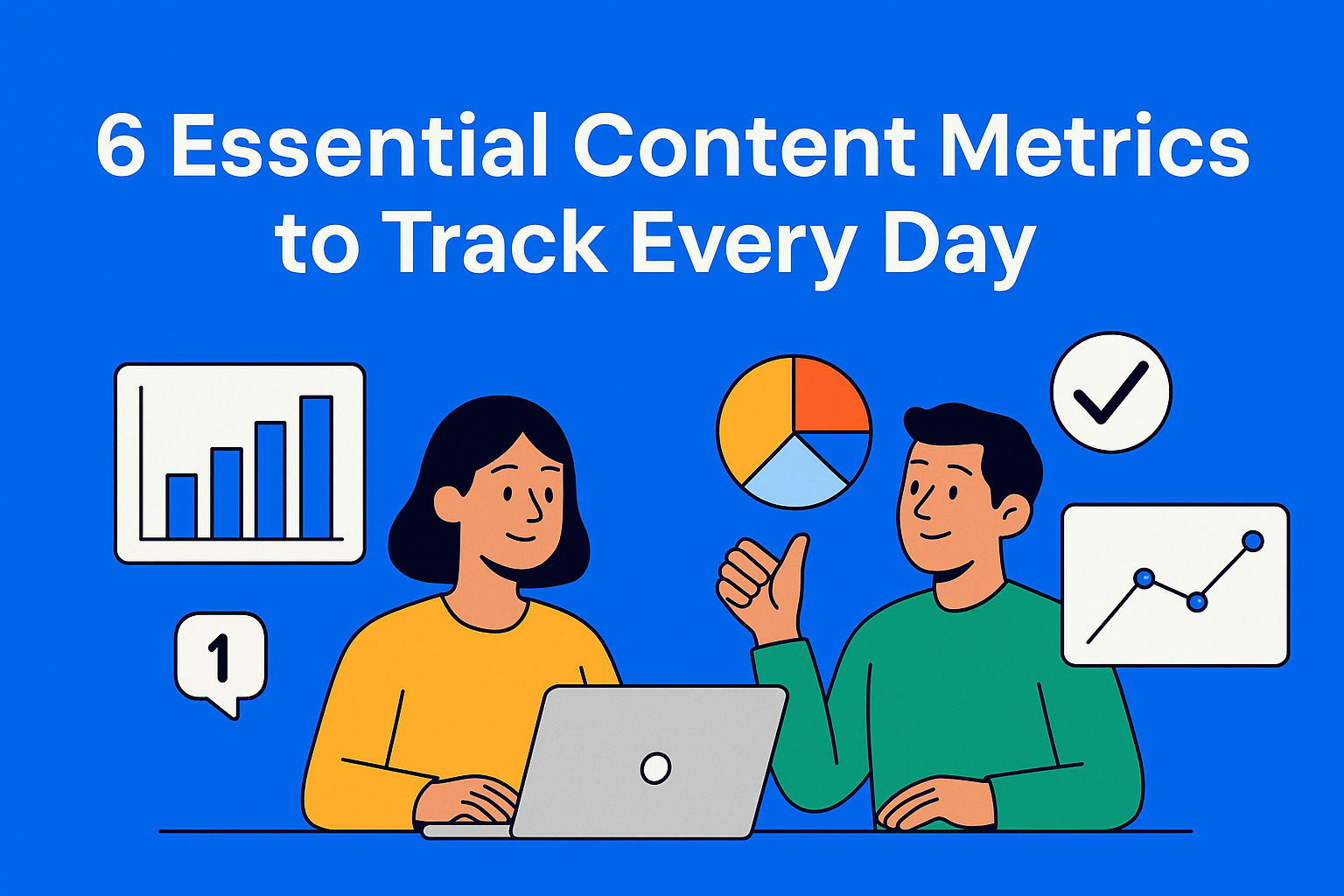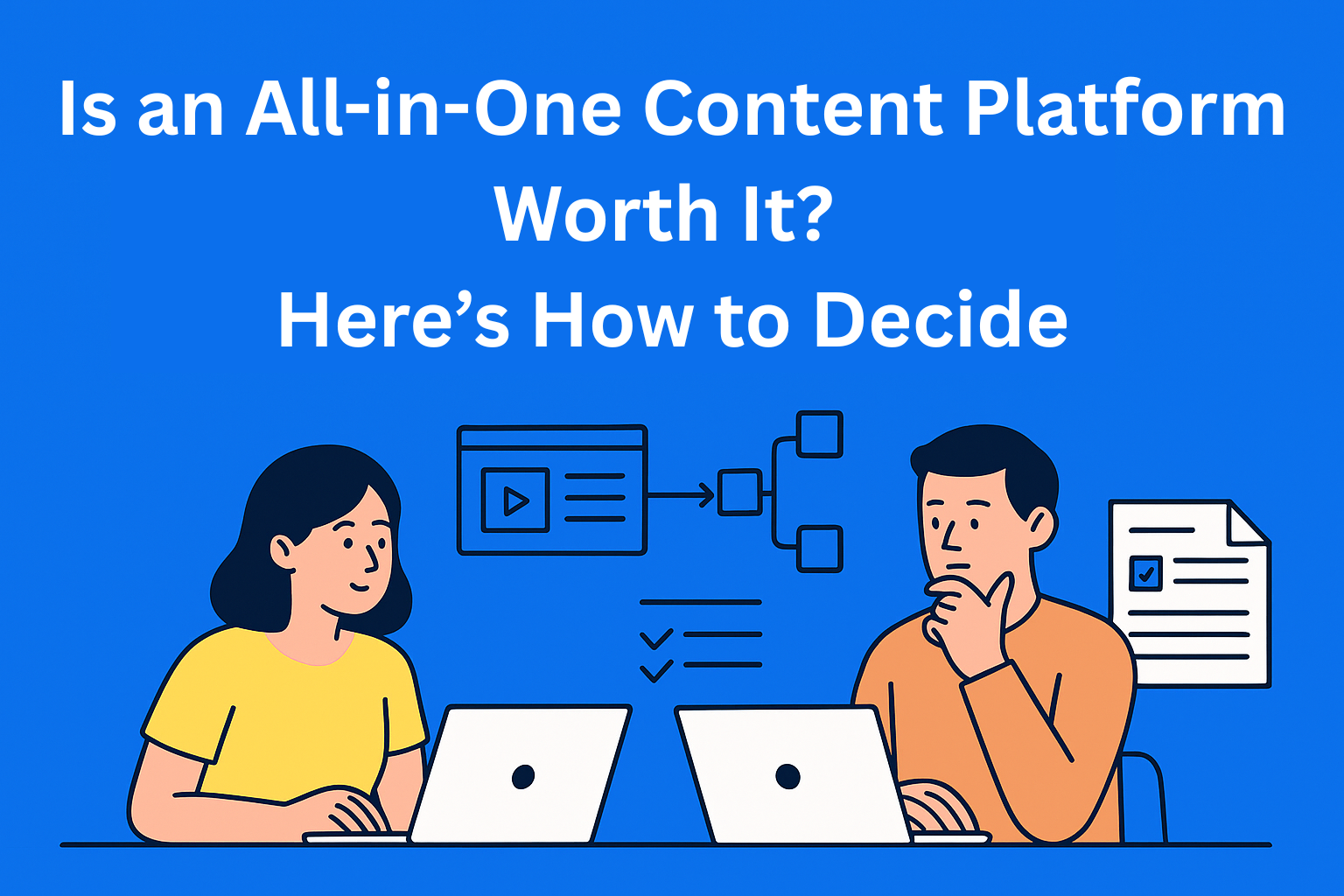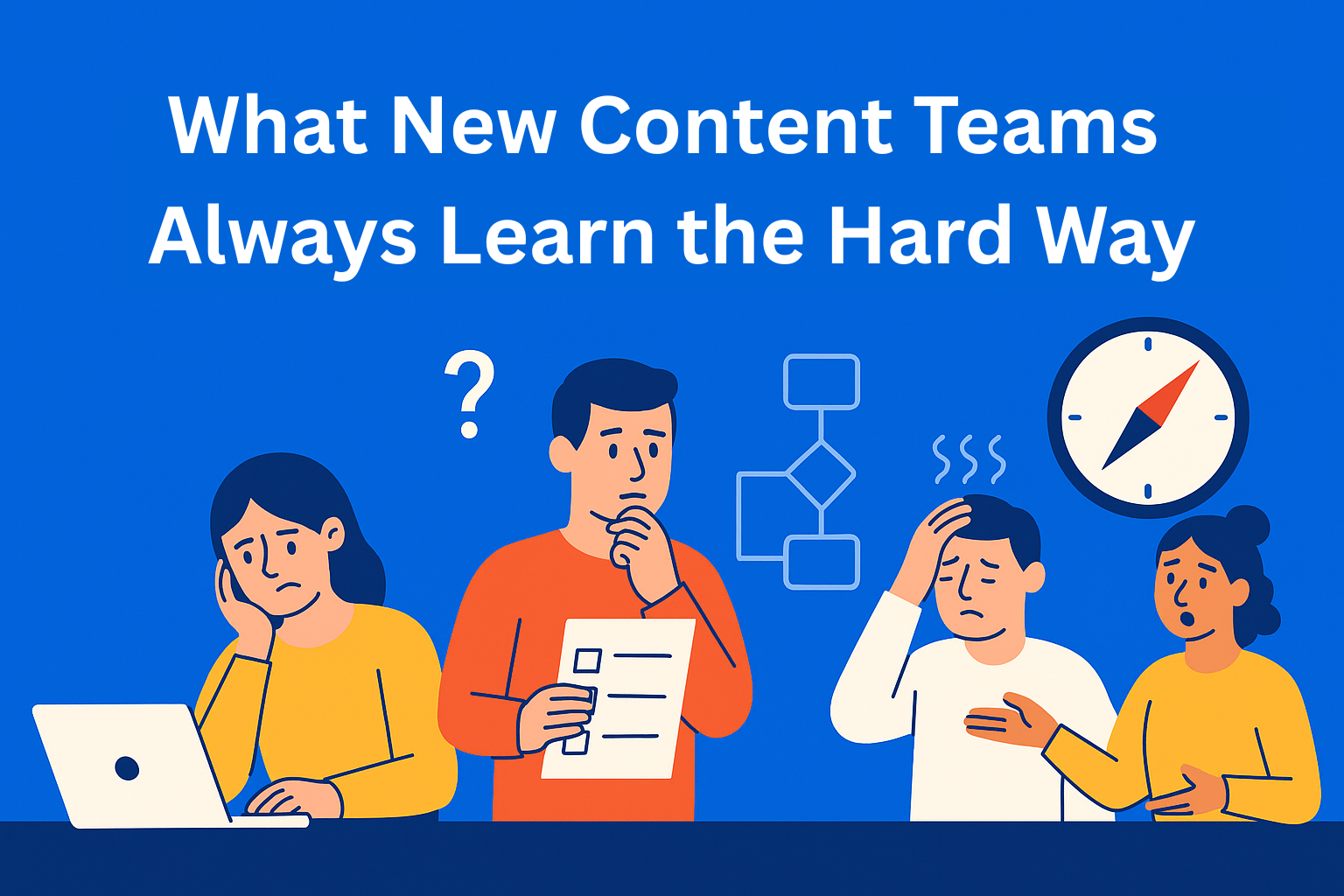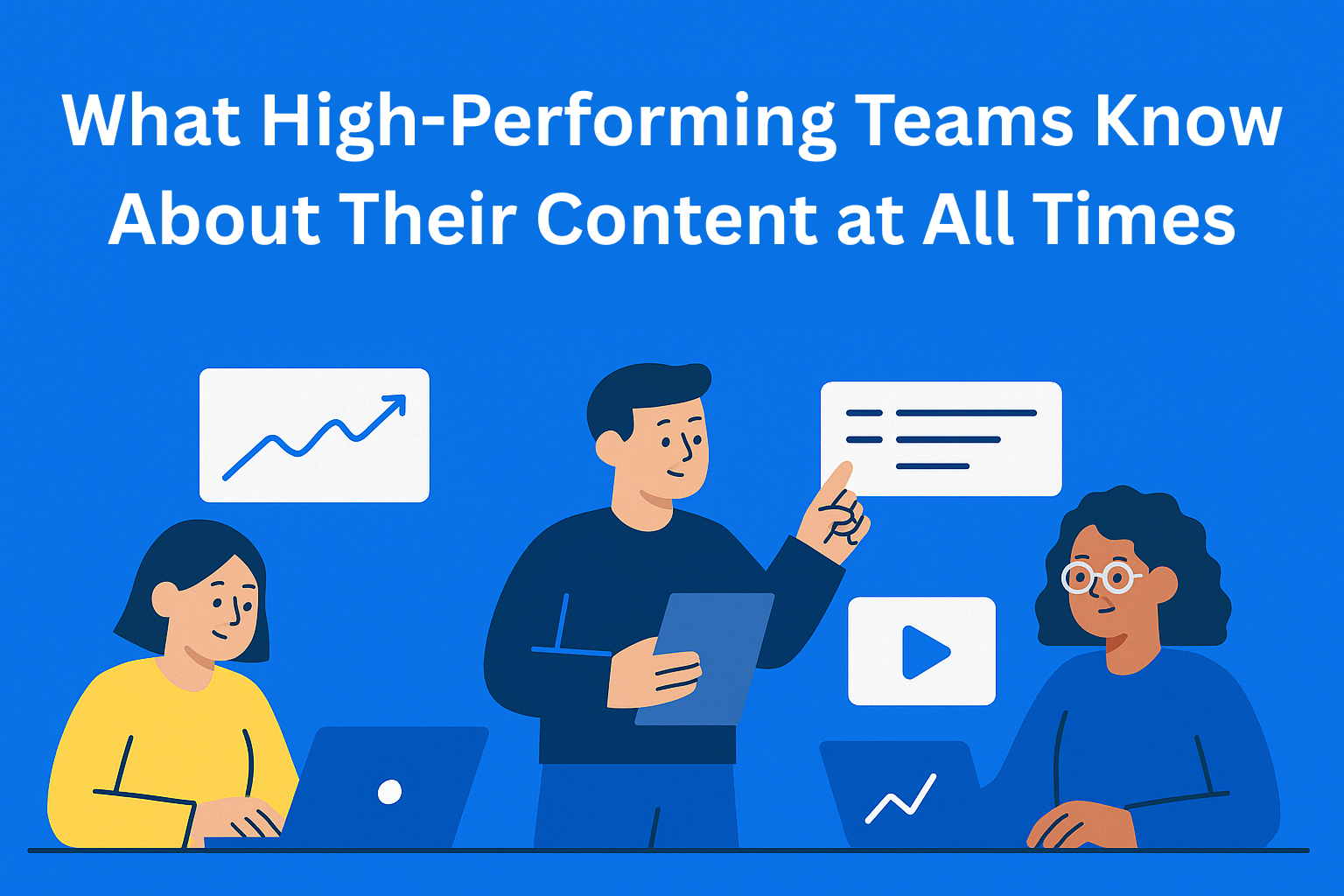From Google to ChatGPT: What It Takes to Be the Source AI Recommends
Search is shifting from links to answers. Learn how to make your content the source AI trusts. Discover the essentials of AI Optimization (AIO) and what it takes for ChatGPT and other models to choose your brand as a reliable reference.
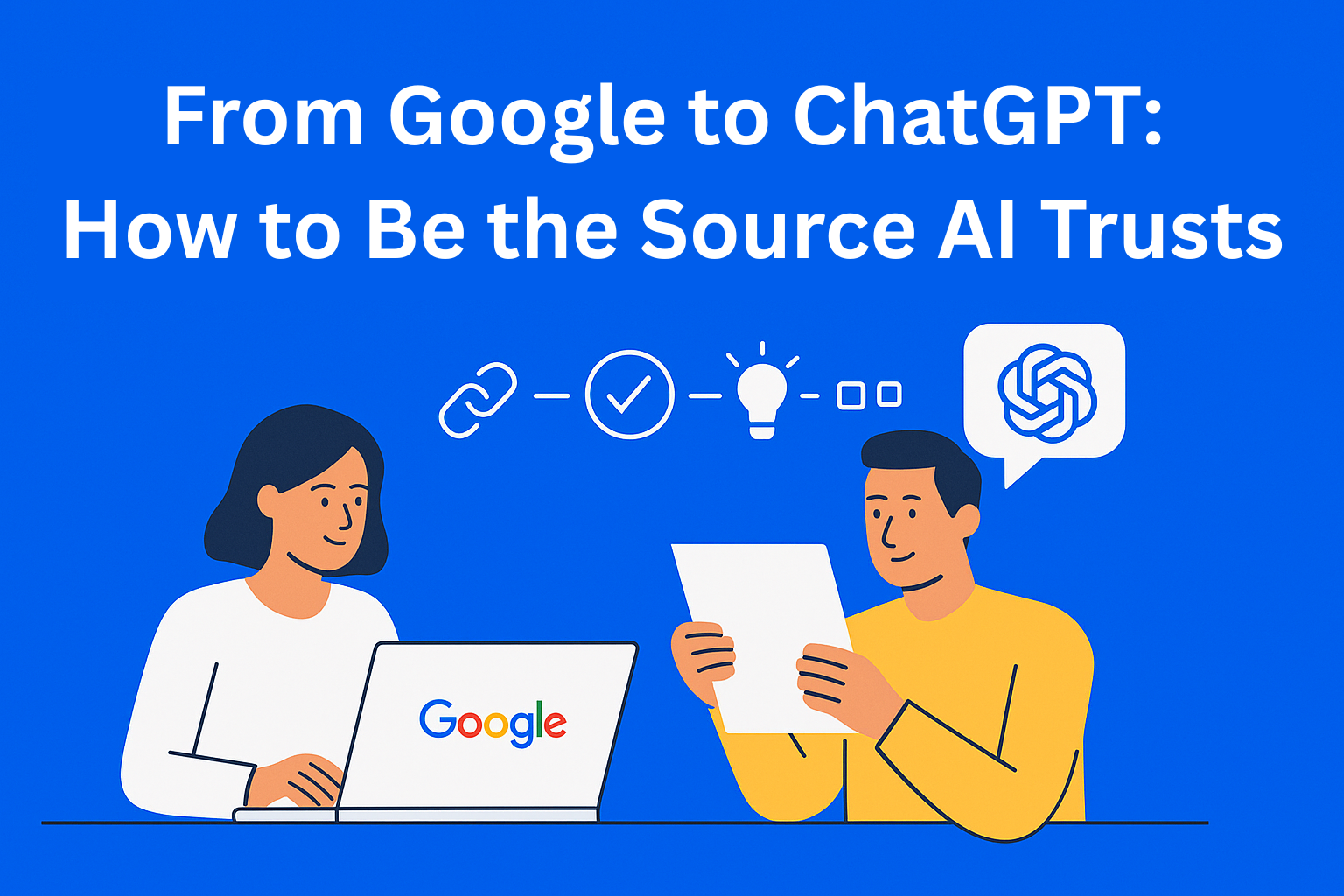
Just a few years ago, if you wanted to learn something, you’d type your question into Google and scroll through dozens of links. Today, you simply ask ChatGPT, Perplexity, or Gemini and get a clear, ready-made answer. No clicking, no searching, AI does it all for you.
That’s a huge change. You’re no longer competing to be on Google’s first page; you’re competing to have your content become a source AI trusts. In other words, brands and creators today need to think about AI Optimization (AIO), not just SEO. The key question is no longer “How can people find me?” but “How can AI choose me as a reliable source?”
Key Takeaways
- Search has shifted from links to answers - People now use ChatGPT, Perplexity, and Gemini instead of traditional Google searches.
- Being a source means being trustworthy to AI - Success depends on how clearly and reliably your content answers questions.
- AI looks for clarity, consistency, and context - Meaningful, well-structured content with a strong author presence is more likely to be used.
- You need AIO, not just SEO - AI Optimization means formatting content so AI models can easily interpret and trust it.
- Build authority through relevance and repetition - Consistent focus on your niche, supported by sources and schema markup, grows AI trust.
From SEO to AIO: How the Rules Are Changing
Traditional SEO worked by letting algorithms analyze keywords, links, and page popularity. But now, artificial intelligence doesn’t just look at keywords; it looks at meaning. AI models connect ideas, understand context, and interpret topics much more deeply than before.
Instead of link quantity deciding who ranks first, what matters now is how much your content actually helps the user. If your explanation is clear and accurate, there’s a higher chance that AI will use your content in its response.
In other words, AI optimization means adjusting your content so models like ChatGPT and Perplexity can easily understand and trust it.
How AI Chooses the Sources It Uses
AI models work a lot like people; they look for clear and reliable information. But, instead of intuition, they rely on massive databases and try to understand meaning and connections between facts.
Some key factors that affect whether AI will use your content include:
- Consistency and Accuracy: If your texts are precise and don’t contain contradictions, AI will see them as reliable.
- Recognizable Identity: When AI sees your name, brand, or organization appear in multiple contexts, it starts to trust you more as a source of information.
- Contextual Reputation: If your brand often appears in fields like marketing, AI, or technology, there’s a higher chance AI will view your content as credible and expert-level.
Simply put, the more your content is connected to a topic and stays consistent, the more likely AI will decide to cite you.
What It Really Means to Be a “Source”
In the world of AI search, being a source doesn’t just mean being found; it means being recognized as an authority. AI doesn’t pick randomly; it chooses what sounds knowledgeable, clear, and trustworthy.
For example, if you write about artificial intelligence and your content includes examples, explanations, and citations from credible studies, AI is more likely to recognize it as reliable. If the text feels shallow or unclear, AI simply skips it.
AI also recognizes consistency in style and quality of information. If your articles feel like they come from the same person or team, with a consistent tone and logic, AI interprets that as authenticity.
So, becoming a source means building a digital reputation that combines clarity, expertise, and consistency.
How to Become an AI-Trusted Brand
Becoming a brand that AI trusts doesn’t happen overnight. It’s a process that combines technical and communication strategies.
Here are a few practical tips:
- Map your entity. Make sure your name, brand, and key topics appear in places AI references, Wikipedia, LinkedIn, Wikidata, and of course, on your website with structured data (schema markup).
- Publish content with sources. When AI sees that you use verified information and expert references, it increases your credibility.
- Write for people, but think about AI. If a text is easy for people to understand, it will also be easy for AI to process. Clear headlines, short sentences, and logical flow help AI grasp meaning.
- Be consistent with your topics. AI associates brands with specific areas. If you write about everything, AI won’t know what your expertise is. Focus on one field and build your reputation around it.
- Combine human and machine trust. Along with E-E-A-T principles (Experience, Expertise, Authority, Trust), include technical signals, structured data, clean URLs, meta descriptions, and internal links.
The goal is to make it easy for AI models to recognize your content as coming from a relevant, consistent, and trustworthy source.
The New Visibility Ecosystem
A few years ago, being visible online meant having strong SEO. Today, it means being recognized in AI-generated answers. When a user asks ChatGPT a question, they don’t see a list of links, they get one clear and concise answer. If your name or content appears in that response, it means you’ve succeeded in becoming a recognized source.
This new ecosystem can be called the AI visibility funnel. The path looks like this:
- You create useful, high-quality, and clearly structured content.
- AI indexes it, connects it with topics and authors.
- When someone asks a question, AI identifies your content as relevant and uses it in its answer.
To measure success, it’s no longer enough to track your Google ranking. Instead, monitor how often AI models use or mention your brand in their responses.
Conclusion
In the age of AI search, success isn’t measured by clicks, it’s measured by trust. If your text sounds like it’s written by someone who understands the topic and explains it simply, AI will value it.
Brands that write clearly and consistently will be the ones AI chooses to cite.
When you write, don’t just think about the reader. Think about how the AI model will interpret your text. If you make it easy for it to understand and trust you, you’ll become part of its answer.



